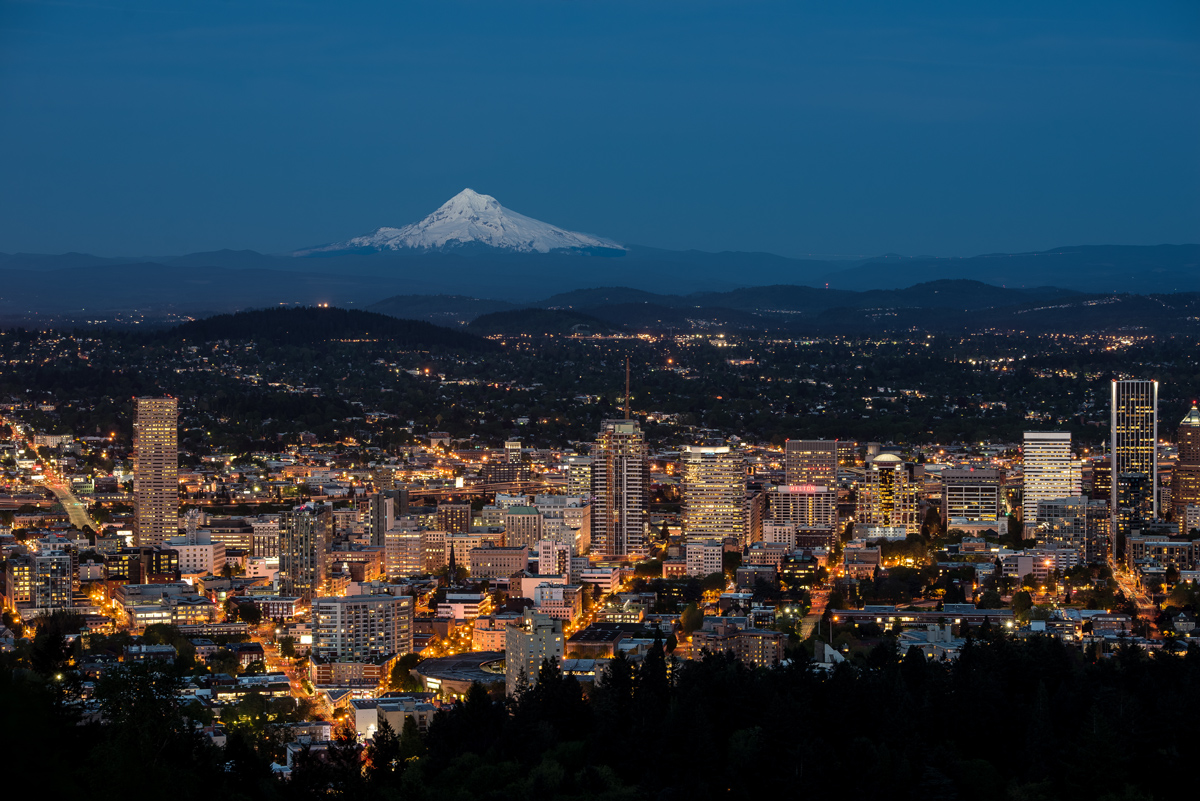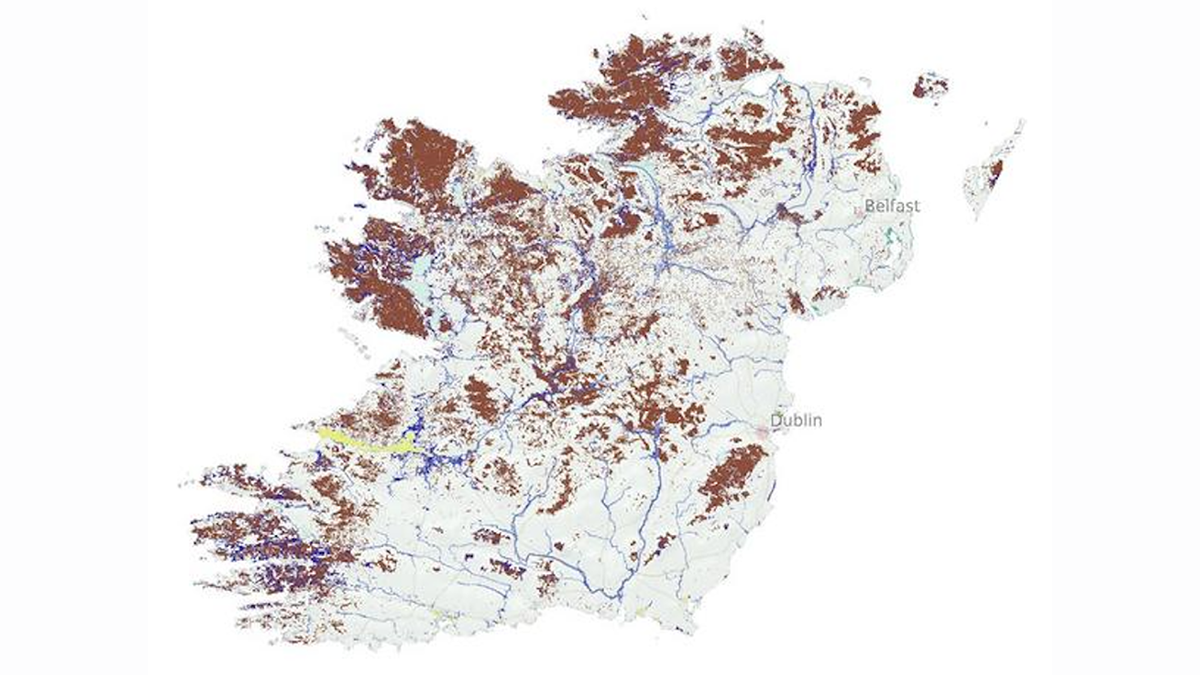Various U.S. federal agencies sent a 36-point survey to researchers abroad who receive U.S. funding, asking questions related to the Trump administration’s priorities. The questions cover topics such as “eradicating anti-Christian bias” and defending against “gender ideology,” and asked researchers to disclose ties to “entities associated with communist, socialist or totalitarian parties.”
science policy
Cómo pueden los vulcanólogos mejorar la resiliencia urbana al cambio climático
Las estrategias pensadas para ciudades enteras para hacer frente al cambio climático pueden beneficiarse de los conocimientos de los vulcanólogos, que llevan mucho tiempo adaptando la información y la comunicación sobre riesgos a las comunidades locales.
EPA Moves to Rewrite Water Rules Following Sackett Decision
EPA administrator Lee Zeldin announced today that the agency would kick off a review of EPA rules and redefine “waters of the United States” to ensure that the agency aligns with the 2023 Supreme Court decision Sackett v. Environmental Protection Agency (EPA), which limited the implementation of the Clean Water Act.
Funding Uncertainties Hit Undergrad REUs, Grad Admissions
A freeze, then a defrost, of National Science Foundation funding has caused turmoil among undergraduate scientists applying to graduate programs or REUs.
Crowds Stand Up for Science Across the United States
Funding freezes, firings, and censorship have sent shockwaves through the science community since January. Scientists and supporters are standing up in defense.
Where the Wetlands Are
Researchers have crafted the most comprehensive map yet of Europe’s wetlands.
We’re About to Reach the Paris Agreement Limit, If We Haven’t Already
Earth has probably already entered the 20-year period in which global temperatures will be, on average, 1.5°C (2.7°F) higher than preindustrial conditions.
U.S. Academic Research Fleet to Add Three Smaller, More Nimble Vessels
A dire lack of investment in oceangoing vessels means the U.S. ocean sciences community is lagging, scientists say. Three new vessels will play a part in building capabilities.
Road Development May Put Habitats at Risk
New research links road construction with increased urbanization and more fragmented species ranges.
De los datos a las decisiones: cambiando las prioridades en las observaciones de la Tierra
La NASA está actualizando la forma en la que diseña e implementa las misiones de las Ciencias de la Tierra, para garantizar que sus datos y ciencia lleguen a los usuarios y a los responsables de la toma de decisiones de forma más rápida y eficaz.










